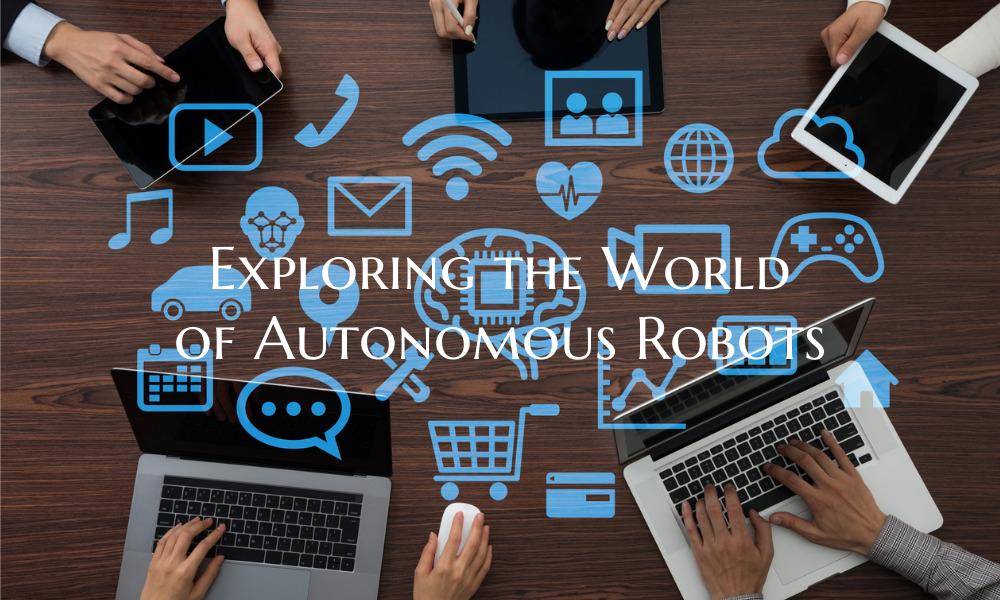Exploring the World of Autonomous Robots
Robots have long been a fascination for many, but the developments in the field of autonomous robots have taken this fascination to new heights. These cutting-edge robots are capable of performing tasks and making decisions independently, without the need for constant human input. In this article, we will delve into the fascinating world of autonomous robots and explore the various applications and technologies that are driving their growth.
Autonomous robots, also known as self-governing robots, are designed to operate without continuous human intervention. These robots use a combination of sensors, algorithms, and artificial intelligence to perceive their environment, make decisions, and execute tasks efficiently. One of the key components of autonomous robots is their ability to navigate and adapt to different environments, showcasing a level of intelligence that was once thought to be purely science fiction.
From self-driving cars and drones to robotic vacuum cleaners and industrial machines, autonomous robots are revolutionizing various industries and changing the way we interact with technology. In the automotive industry, self-driving cars equipped with autonomous features are poised to enhance road safety, reduce traffic congestion, and provide more accessible transportation options.
Moreover, in the healthcare sector, autonomous robots are being used for tasks such as surgical procedures, patient care, and medication delivery. These robots can carry out repetitive and delicate tasks with precision, leading to better outcomes for patients and healthcare providers.
The potential applications of autonomous robots are vast and continue to expand as technology advances. In agriculture, autonomous robots are being used for tasks such as planting, monitoring crop health, and harvesting, leading to increased efficiency and productivity in farming practices. In warehouses and logistics, autonomous robots are streamlining operations by automating tasks such as inventory management and order fulfillment.
As we continue to push the boundaries of autonomous robotics, ethical considerations around issues such as data privacy, job displacement, and safety regulations become increasingly important. However, the benefits of autonomous robots in terms of increased efficiency, improved safety, and enhanced productivity are undeniable.
In conclusion, the world of autonomous robots holds immense potential to transform industries, enhance our daily lives, and push the boundaries of technological innovation. By exploring the capabilities and applications of autonomous robots, we can unlock a future where intelligent machines work alongside humans to create a safer, more efficient, and interconnected world.

